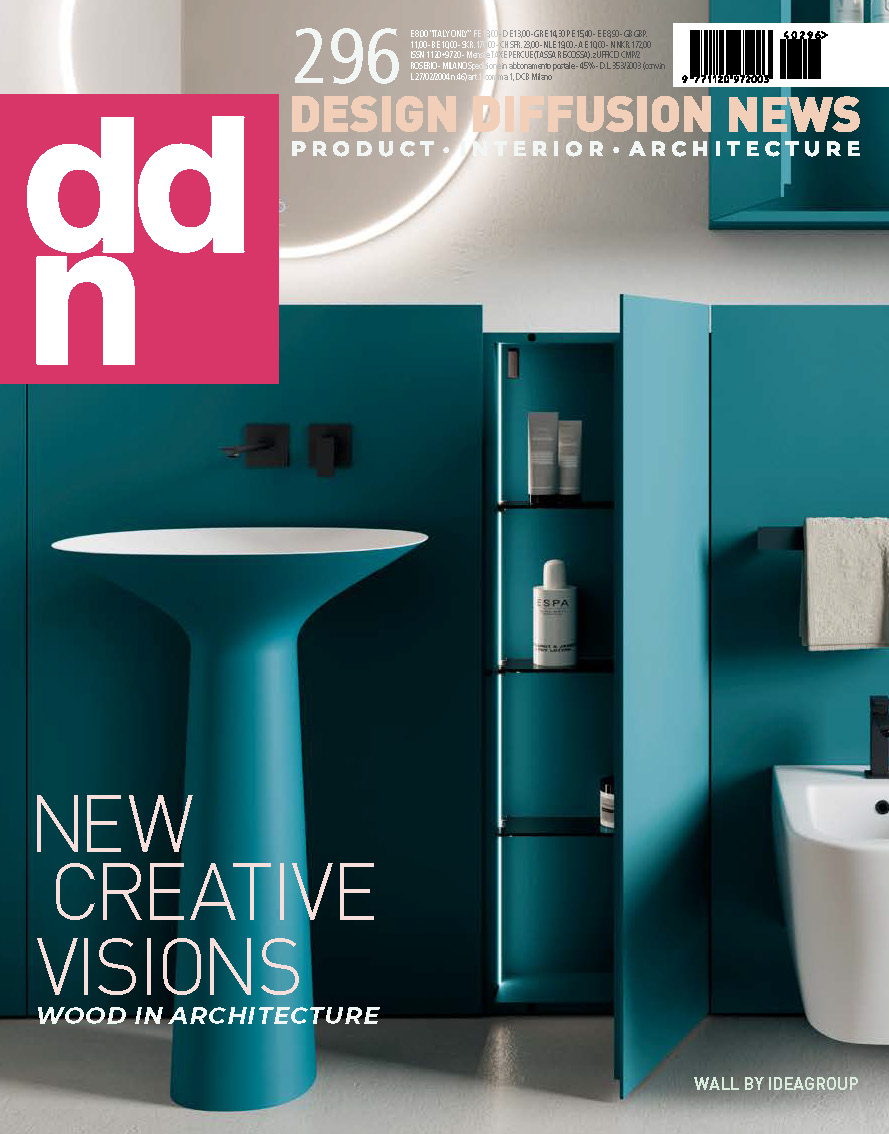Milan, a city of experimentation and avant-garde, continues to blend its rich past with emerging trends in design and contemporary architecture. From projects that revisit the industrial legacy of the ’50s at Scalo Farini to elegant residences surrounded by greenery in San Siro, the Lombard capital proves to be a true hub of boundless creativity. Here, suspended spaces and iconic projects not only define the urban landscape but also offer new perspectives on the city, highlighting the dynamic interaction between history and modernity.
This tension, conceptually, also emerges tangibly in the offices designed by De.Tales, where interior design becomes a refined dialogue between residential warmth and corporate functionality. The undisputed protagonist of this meeting between tradition and innovation is wood, a material that has always accompanied humans in the construction of spaces. Today, wood reinvents itself through new technologies and sustainable approaches, becoming a symbol of ecological and responsible architecture.
In Italy, the MoDusArchitects studio celebrates the strength of this natural resource through its design vision and creations, exploring new construction possibilities that meet contemporary needs. Internationally, emblematic projects like Stockholm Wood City or the Portland International Airport demonstrate how wood has established itself as a key element, not only for its aesthetic value but also for its sustainability. Furthermore, while the new Roberto Rocca Innovation Building in Milan ambitiously looks to the future of medicine, Kengo Kuma transforms wood into a unique sensory experience, capable of combining beauty, functionality, and psychophysical well-being. In this issue, we explore the transformative power of contemporary design, where each project is not just an exercise in style but represents a balance between established elements and new creative visions.






